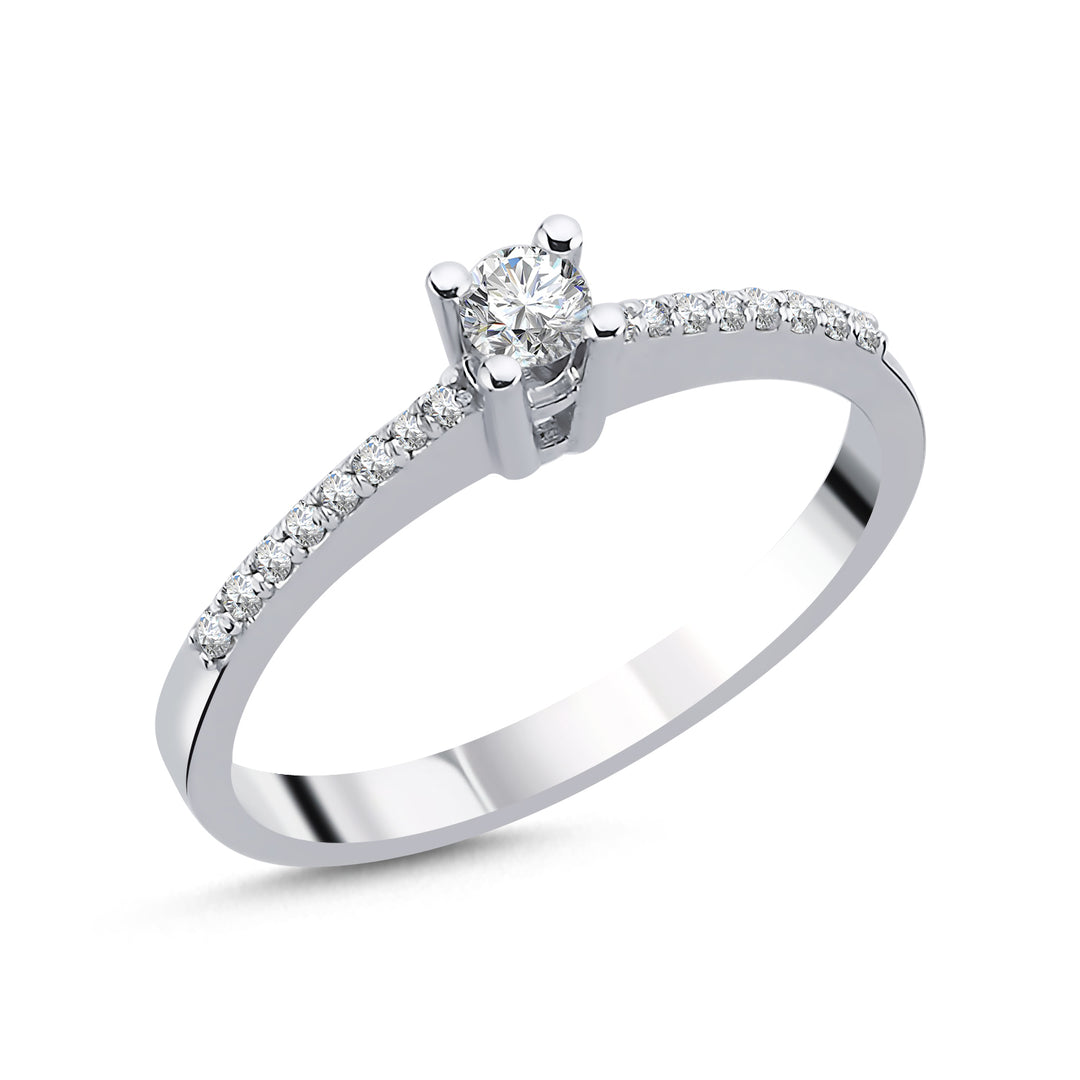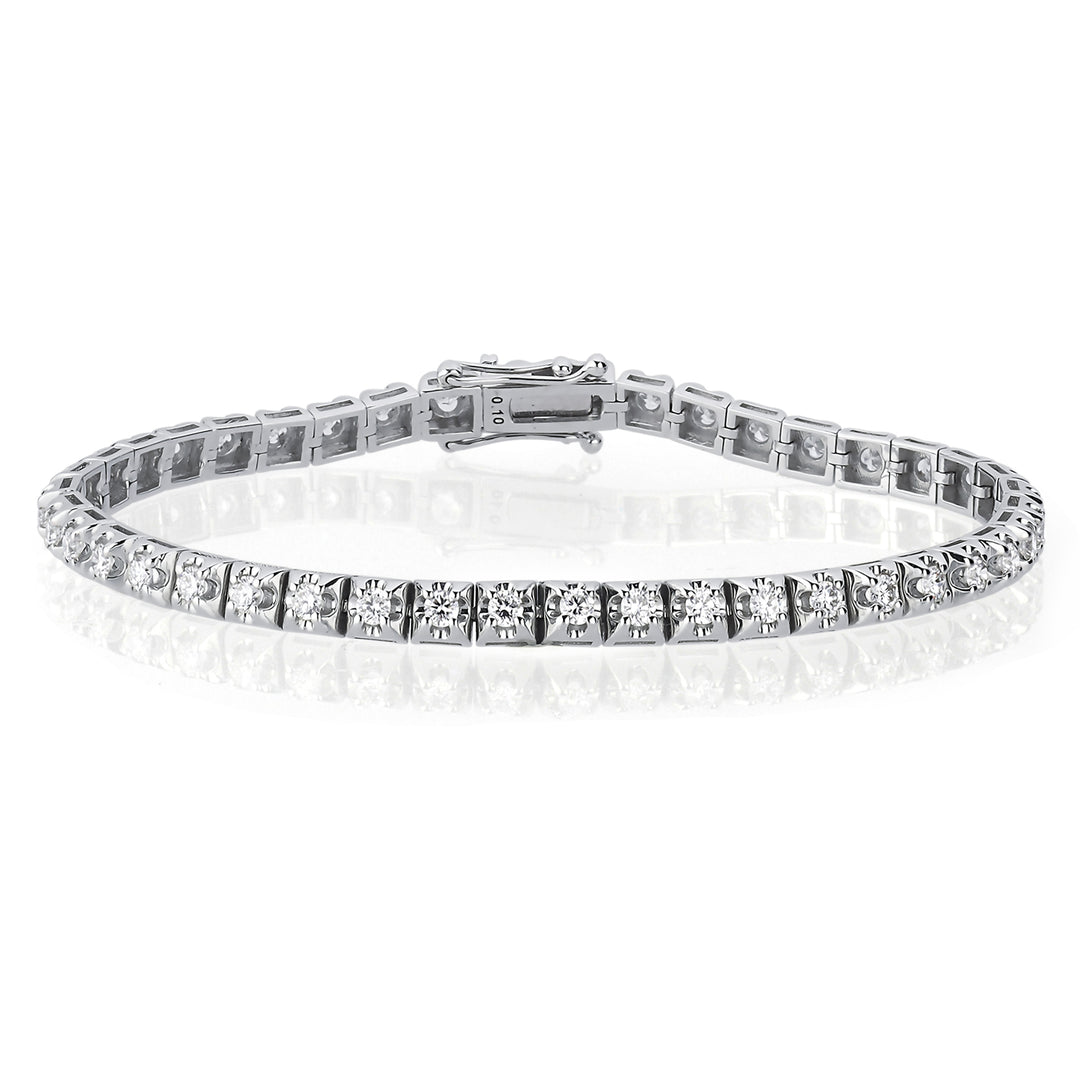Does Size Really Matter? Diamond Carats Explained
When it comes to diamonds, the term "carat" often takes center stage, leading many to equate higher carat weight with superior quality. But does size really matter? Let's delve into what carat truly signifies and how it influences a diamond's allure.
What Is a Carat?
A carat is a unit of weight used to measure gemstones, including diamonds. One carat equals 200 milligrams. Each carat is subdivided into 100 points, allowing for precise measurements to the hundredth decimal place.
The term "carat" has an intriguing origin. Historically, early gem traders used carob seeds as counterweights in their balance scales due to their small, uniform size. This practice led to the modern carat system. (GIA 4Cs)
Carat Weight vs. Visual Size
While carat measures weight, it doesn't directly dictate a diamond's visual size. The apparent size is also influenced by the stone's cut, shape, and proportions. For instance, two diamonds of the same carat weight can appear different in size if one has a deeper cut than the other. (GIA 4Cs)
The Price of Carat Weight
Larger diamonds are rarer, and as carat weight increases, so does the price per carat. However, this increase isn't linear. There are sharp jumps around milestone carat weights, as demand is much higher for diamonds weighing just more than a milestone than for those weighing just less. For example, a 0.99-carat diamond may have a significantly lower price per carat than a comparable 1.01-carat diamond.
Beyond Carat: The Other Cs
Carat is just one of the Four Cs used to evaluate diamonds; the others are Cut, Color, and Clarity. A well-cut diamond can enhance brilliance and make a smaller carat weight appear more substantial. Similarly, higher color and clarity grades can elevate a diamond's overall beauty and value. (GIA 4Cs)
Choosing the Right Carat for You
It's no secret that many women are captivated by larger diamonds, often associating size with beauty and prestige. In social settings, discussions frequently revolve around a diamond's carat weight, sometimes overshadowing other quality factors.
Many inclusions and blemishes in diamonds are so small that they’re invisible to the naked eye, and slight variations in color are often difficult to detect without specialized equipment. This means that diamonds with certain clarity characteristics can still appear flawless without magnification, making it possible to opt for a slightly lower color or clarity grade to invest in a larger carat weight without a noticeable difference in appearance. However, if you choose a lab-grown diamond, you don’t have to compromise on any of the Four Cs, as they offer exceptional quality at a more accessible price.
In essence, while carat weight is a significant factor in a diamond's allure, understanding the balance between the Four Cs can lead to a choice that maximizes both visual impact and value.















